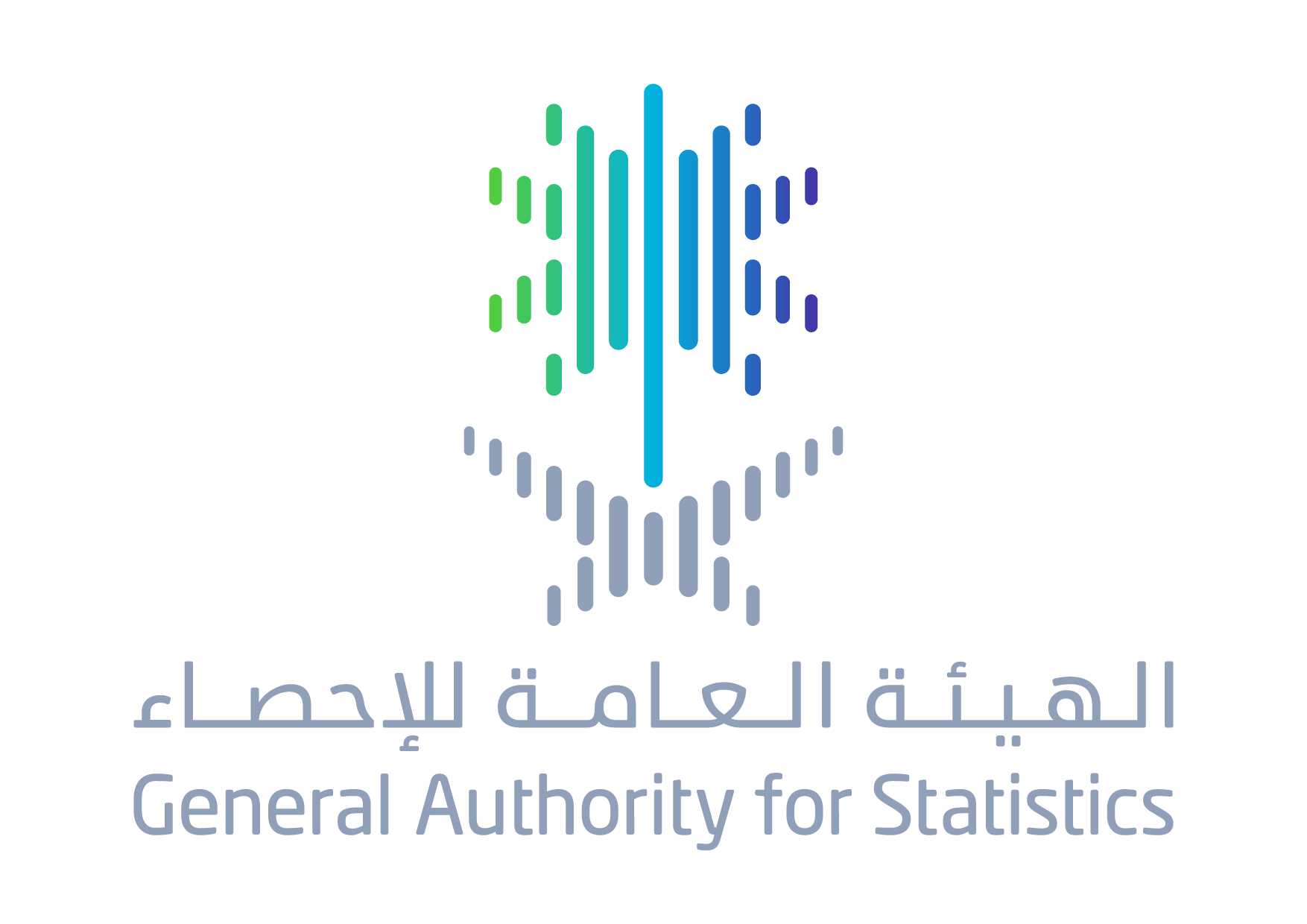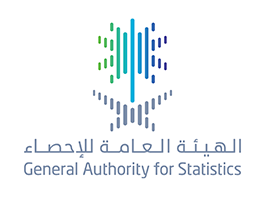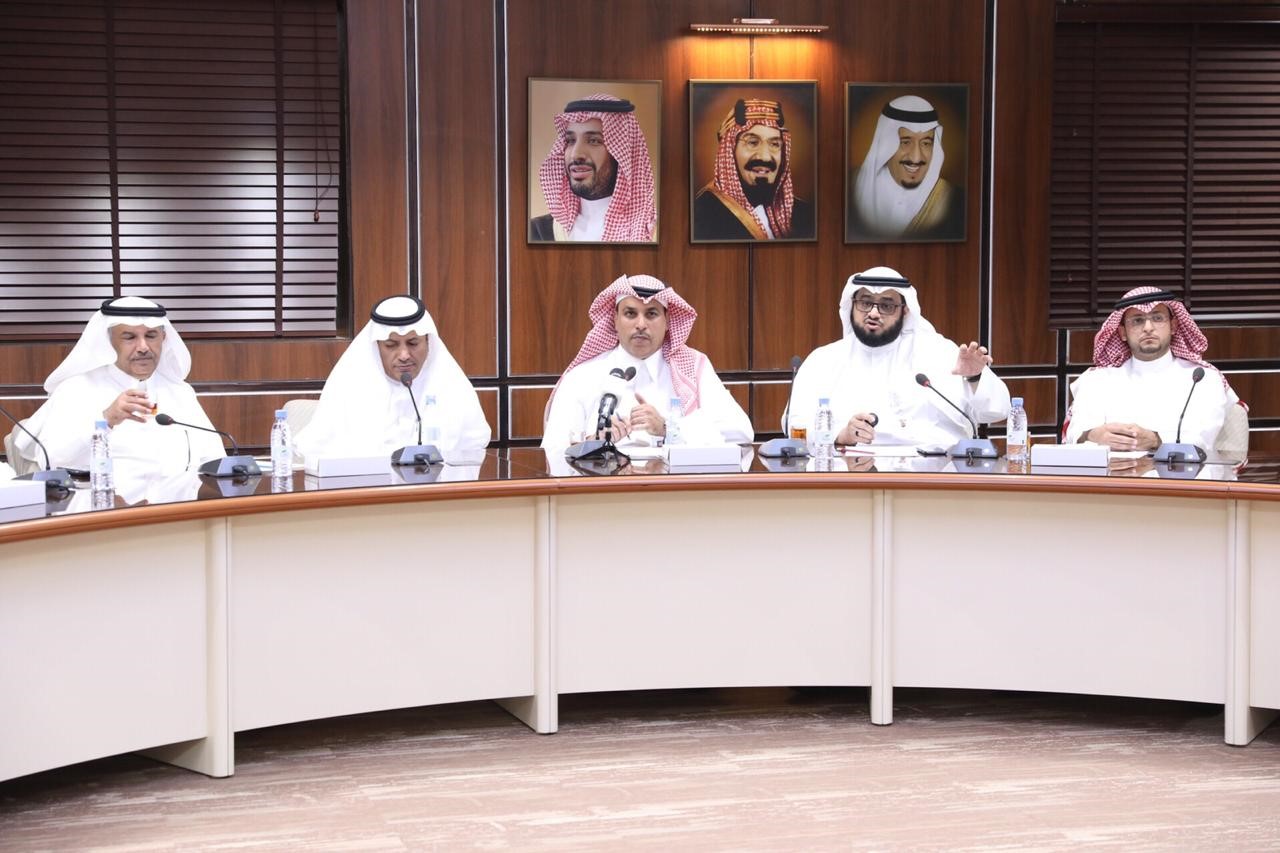
"الهيئة العامة للإحصاء " تصدر لأول مرة نتائج مسح النشاط الصناعي لعام 2017م
GASTAT Releases for the First Time Industrial Activity Survey's Results-2017
On Thursday, Rabi al-Thany 6th,1440 H (corresponding to December 13th ,2018), the General Authority for Statistics (GASTAT) released the results of the " Industrial Activity Survey for 2017" to support the national development. This Survey was carried out for the first time by GASTAT and is considered outputs of the statistical transformation in Saudi Arabia which have been started since the beginning of the last year. The Authority has released so far more than sixty-five statistical products including economic, social, demographic, and Umrah statistics. In addition to other statistics related to labor market, energy, knowledge, environment, culture, sport, entertainment, security and safety. The Industrial Activity Survey is an annual survey based on field data collected by visiting establishments all over Saudi Arabia's regions. The results of the Survey include more than nineteen statistical indicators related to the features and components of private and public sectors establishments. The Survey concerns the activities of mining, quarrying, manufacturing, electricity, gas, and steam supply, air conditioning, water supply, sanitation, in addition to waste management and process. The results also provide detailed and accurate data to meet the needs of the relevant parties in line with the international recommendations specialized in industrial activity surveys.
The Authority appreciated the role of all the relevant governmental and private entities that contributed to the design of the survey's form, and submitted their proposals according to the needs of data and information for the economic sector generally and industrial sector particularly. This is done through mutual team works and continuous workshops in order to ensure that the statistical product outputs have met all the requirements.
The results of the Industrial Activity Survey showed that the number of industrial establishments made up (112,785) one hundred twelve thousand, seven hundred eighty-five establishments, with 31% of Saudi workers.
According to the results, the operating expenses of the industrial establishments exceeded about (484.712 million) four hundred eighty-four billion, seven hundred twelve million SAR, whereas the value of the operating revenues of the industrial establishments reached in 2017 around (1,516,844,817,326) one trillion, five hundred sixteen billion, eight hundred forty-four million, eight hundred seventeen thousand, three hundred twenty-six SAR. The percentage of Saudi workers working at the following establishments: crude oil and natural gas, other manufacturing, as well as coke and refined petroleum products reached 84%, 80% and78% respectively out of the total number of Saudi workers in the industrial establishment, the results showed.
It is worth mentioning that GASTAT releases, in addition to the survey of industrial activity, a number of products related to the industry sector. Such as, index of industrial production survey which measures the relative change and any developments in the quantities of material and commodities production. Additionally, environment economic survey (industry) that reflects the norms of water and energy consumption in Saudi Arabia by the establishments and wastes resulting from these activities and potential ecological effects.
The Industrial Activity Survey is the third statistical product published by the Authority in the field of industry. It aims to provide comprehensive industrial statistics in different regions of Saudi Arabia, for instance: statistics and compensations of industry workers as well as operating and transfer expenses. In addition to the size, revenues value, and contribution to GDP of industrial production.
GASTAT has published the Survey's results, field research forms and others results on its official website www.stats.gov.sa . The products are in various information formats, so researchers, scholars and decision-makers can benefit from them and conduct data analysis.

طويق وحكاية أربع سنوات في عهد "سلمان"

"الهيئة العامة للإحصاء " تصدر نتائج مسح الطاقة المنزلي عام 2018م
“GASTAT” Releases the Results of the Household Energy Survey for 2018
The General Authority for Statistics (GASTAT) released the results of the “Household Energy Survey (2018)” on its official website www.stats.gov.sa. It is a field survey that collects household energy data from a sample of households covering all 13 administrative regions across the Kingdom. This data can calculate many estimates and indicators about energy consumption in the domestic sector. The Household Energy survey aims at providing data related to the housing characteristics such as the type of housing, its components, the areas that are air-conditioned and heated, the impact of economic, social and geographical variables on energy consumption, household uses of fuel of all kinds to supplement the primary consumption coverage of various energy forms, which contributes to the preparation of energy balance, identifying patterns of energy consumption and the forms of energy used in the domestics sector.
The results of the household energy survey showed that (100%) of the households use electricity in their houses. (99.85%) of their houses are connected to the public electricity network. (0.11%) use a private network as a source for electricity, while (0.04%) use a generator as a source of electricity.
The results also showed that the percentage of households using solar energy at homes reached (1.45%).
The results also showed that the percentage of households using an independent electric meter reached (84.33%), while (15.67%) are using an electric meter shared with other houses, whereas (15.38%) use power regulator at home.
Regarding the use of fuel, the results showed that about (90.72%) of households use gas as the main fuel for cooking, while (8.74%) of households use electricity for cooking. In addition, (8.22%) of households use (wood, coal and agricultural waste) at home for heating and cooking.
Regarding the patterns and behavior of households in the rationalization of power consumption, the results showed that (59.84%) of households are interested in 65cutting expenses or
rationalization of power consumption. It also showed that (35.75%) of the households are likely interested in power consumption rationalization while only (4.41%) of the
households are not interested at all in cutting expenses or rationalizing power consumption. The results showed that (29.35%) of the households have power savers at their houses while (70.65%) of households don’t have power savers to rationalize consumption
Furthermore, the results of the Household Energy Survey showed that the total consumption of household fuel (fuel oil), kerosene and LPG reached more than 1 billion liters (1,023,585,906) in all regions of the Kingdom. The volume of consumption of diesel (fuel oil) reached about (3,519,261) three million five hundred thousand liters, which represents about (0.34%) total consumption volume, while the consumption of gas (kerosene) reached more than nineteen million L (19,691,996) representing about 1.92% of the total volume of consumption. The volume of consumption of gas (LPG) reached about one billion liters (1,000,374,649) in 2018, representing (97.74%) of the total volume of consumption.
The results of the Household Energy Survey showed that (35.14%) of households in the Kingdom spend less than 5% of their income on electricity and other sources of fuel, while (43.08%) of the households spend between (5-10%) on energy, while (15.76%) of households spend between (11-15%) on energy. (4.01%) of households spend between (16-20%) of their income on energy and (2%) Spends more than (20%) of its income on electricity and other fuel sources.
It is worth mentioning that the Household Energy Survey of 2018 is the second survey conducted by the General Authority for Statistics on an annual basis.

الهيئة العامة للإحصاء تختتم أسبوعها الاحصائي بمنطقة عسير
Within GASTAT efforts to raise statistical awareness among all society classes.
GASTAT concludes its awareness week in Aseer region
As part of its plan to raise statistical awareness among all society classes, the General Authority for Statistics (GASTAT) concluded the statistical week in Aseer region. The statistical week included the meeting of His Excellency the president of GASTAT, Dr. Fahad bin Sulaiman Altekhaifi with businessmen and the board members of Abha Chamber. During the meeting, they discussed the role of the private sector in the statistical process, in addition to the statistical products that are related to Aseer region.
“The Smart Statistician” exhibition has been also held during the statistical week in cooperation with the General Administration of Education in Aseer region. The exhibition events took place in “ Aseer’s Educational Center” during the period 17-21 Rabi Al Awal 1440H, with the participation of more than 35 schools.
The exhibition aims to clarify the role of statistics in the student life. In addition, it aims to explain the statistical concepts and raising the level of students’ awareness. Moreover, it presents the statistical process steps and stages in a simple and scientific way, and enhances the student’s realization of the statistician role. However, the exhibition demonstrates the impact of data accuracy (data provided by the household head) on development, as the student is considered an effective method in raising households’ awareness.
It is worth mentioning that the student journey inside the exhibition starts by moving between the different sections that provide students with scientific information in an entertainment and attractive way. The sections include an identification of statistics, the difference between statistics and mathematics, the role of the General Authority for Statistics, how students and households are relating to the authority work, and how statistical researches are implemented on the field through simulating the process by students, where a student takes the role of the “statistician” when he visits a household to fill an electronic form designed especially for the research. However, many awareness lectures were held in Khamis Mushait governorate during this week an attended by a number of the governorate schools’ students.
On the other hand, King Khalid University hosted the event of (We share you your academic journey) during the same period. This event targets university students, faculty members, and all university staff. It presents GASTAT statistical products and services, and explains how to use them for the purpose of conducting academic studies and research.
